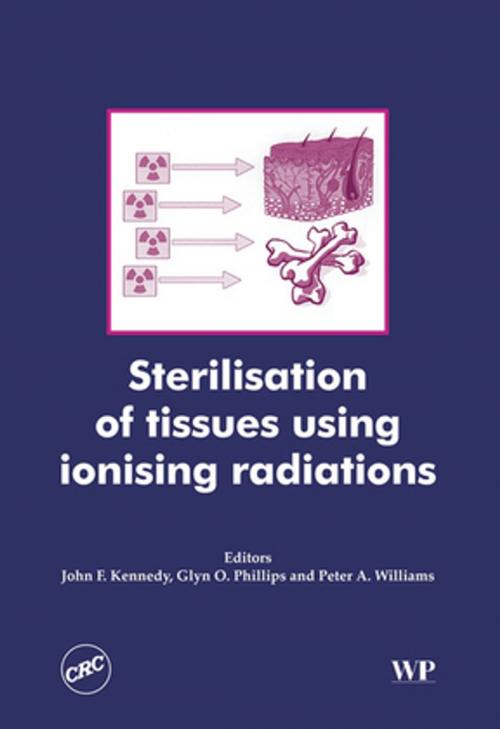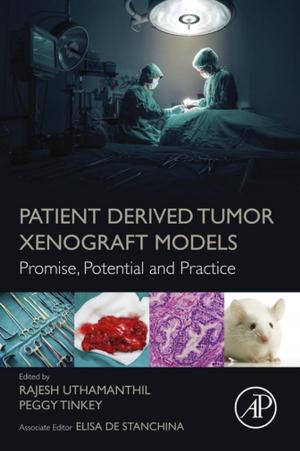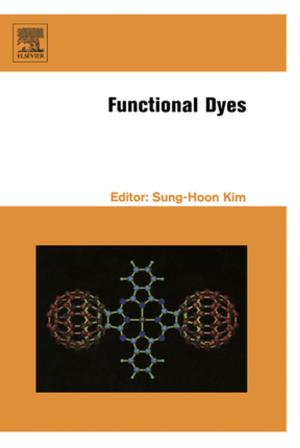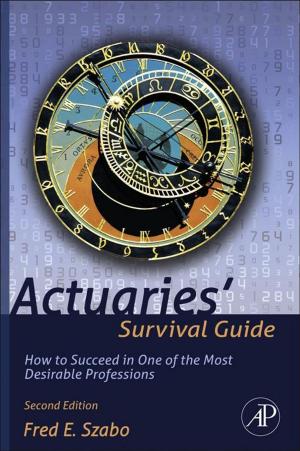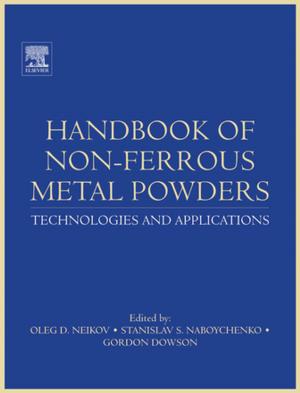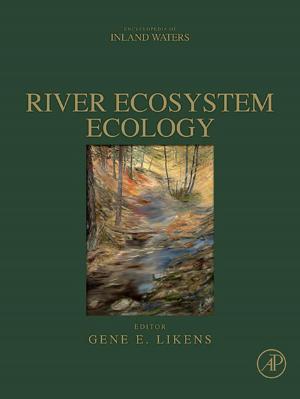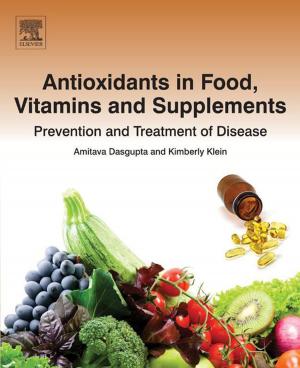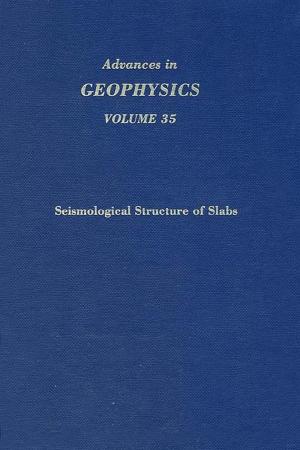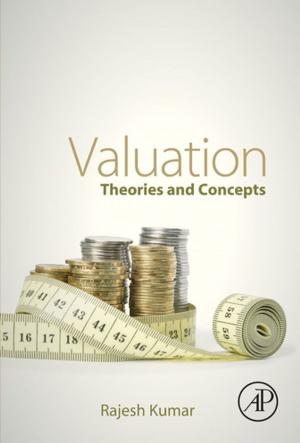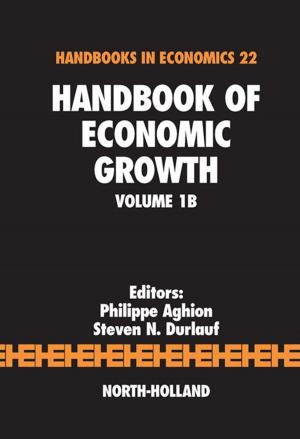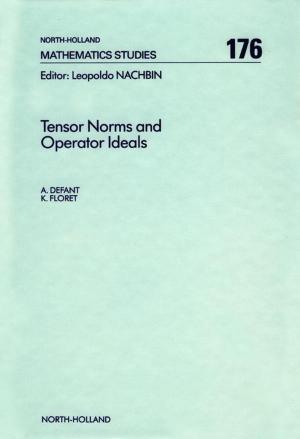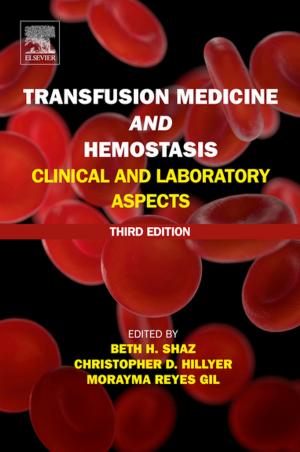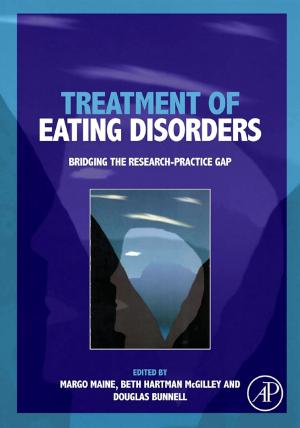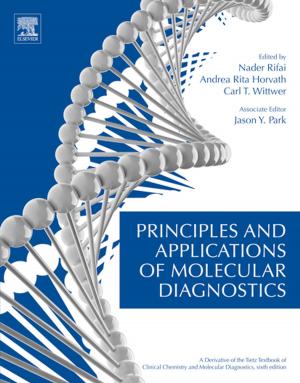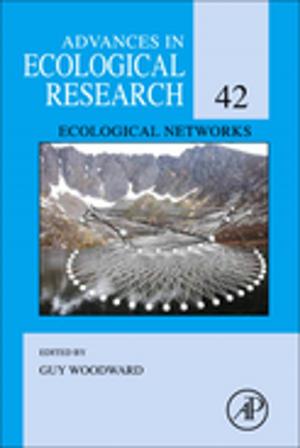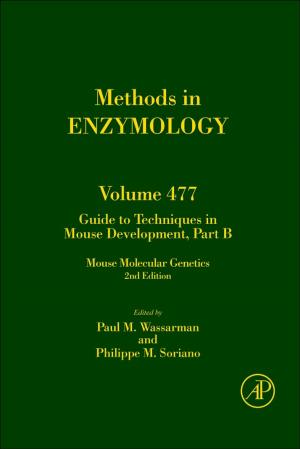Sterilisation of Tissues Using Ionising Radiations
Nonfiction, Science & Nature, Technology, Engineering, Chemical & Biochemical, Science, Biological Sciences, Human Physiology, Health & Well Being, Medical| Author: | ISBN: | 9781845690779 | |
| Publisher: | Elsevier Science | Publication: | May 6, 2005 |
| Imprint: | Woodhead Publishing | Language: | English |
| Author: | |
| ISBN: | 9781845690779 |
| Publisher: | Elsevier Science |
| Publication: | May 6, 2005 |
| Imprint: | Woodhead Publishing |
| Language: | English |
Existing methods and processing for sterilising tissues are proving inadequate in many instances. Infections have been transmitted from the graft to the recipient and in the USA the Centre for Disease Control and other regulatory bodies have drawn attention to the need for a reliable end sterilisation method which does not damage the functionality of the final tissue. Safety of surgical allografts is, therefore, a major concern due to microbial and viral contamination of tissues which is now a problem even in the most sophisticated centres.
The Presidents of the main Professional Association of Tissue Banks; American, European and Latin American met in Vienna to review the situation and concluded that the time was opportune to organise an international high level expert meeting, which would identify the best method of using radiation technology to assist in the production of safe tissue allografts
Sterilisation of biological tissues with ionising radiations provides the information on this subject presented at an international meeting in Wales, supported by the International Atomic Energy Agency. New methods of protecting the tissues were presented which at the same time allow the use of sufficiently high doses of ionising radiations to inactivate invading organisms. A Code of Practice for the Radiation Sterilisation of Tissues was evaluated and the outcome and the full Code is included in this volume, as well as explorations of all of the methodologies used in the field.
Sterilisation of biological tissues with ionising radiations is the only volume of its kind and as such is an invaluable source of information for those working in tissue banks, transplant surgeons and the safety regulators.
- High-quality papers highlighting the most recent developments in this important area
- Includes the full code of practice for the radiation sterilisation of tissues
- Edited by a highly respected team of experts
Existing methods and processing for sterilising tissues are proving inadequate in many instances. Infections have been transmitted from the graft to the recipient and in the USA the Centre for Disease Control and other regulatory bodies have drawn attention to the need for a reliable end sterilisation method which does not damage the functionality of the final tissue. Safety of surgical allografts is, therefore, a major concern due to microbial and viral contamination of tissues which is now a problem even in the most sophisticated centres.
The Presidents of the main Professional Association of Tissue Banks; American, European and Latin American met in Vienna to review the situation and concluded that the time was opportune to organise an international high level expert meeting, which would identify the best method of using radiation technology to assist in the production of safe tissue allografts
Sterilisation of biological tissues with ionising radiations provides the information on this subject presented at an international meeting in Wales, supported by the International Atomic Energy Agency. New methods of protecting the tissues were presented which at the same time allow the use of sufficiently high doses of ionising radiations to inactivate invading organisms. A Code of Practice for the Radiation Sterilisation of Tissues was evaluated and the outcome and the full Code is included in this volume, as well as explorations of all of the methodologies used in the field.
Sterilisation of biological tissues with ionising radiations is the only volume of its kind and as such is an invaluable source of information for those working in tissue banks, transplant surgeons and the safety regulators.
- High-quality papers highlighting the most recent developments in this important area
- Includes the full code of practice for the radiation sterilisation of tissues
- Edited by a highly respected team of experts
